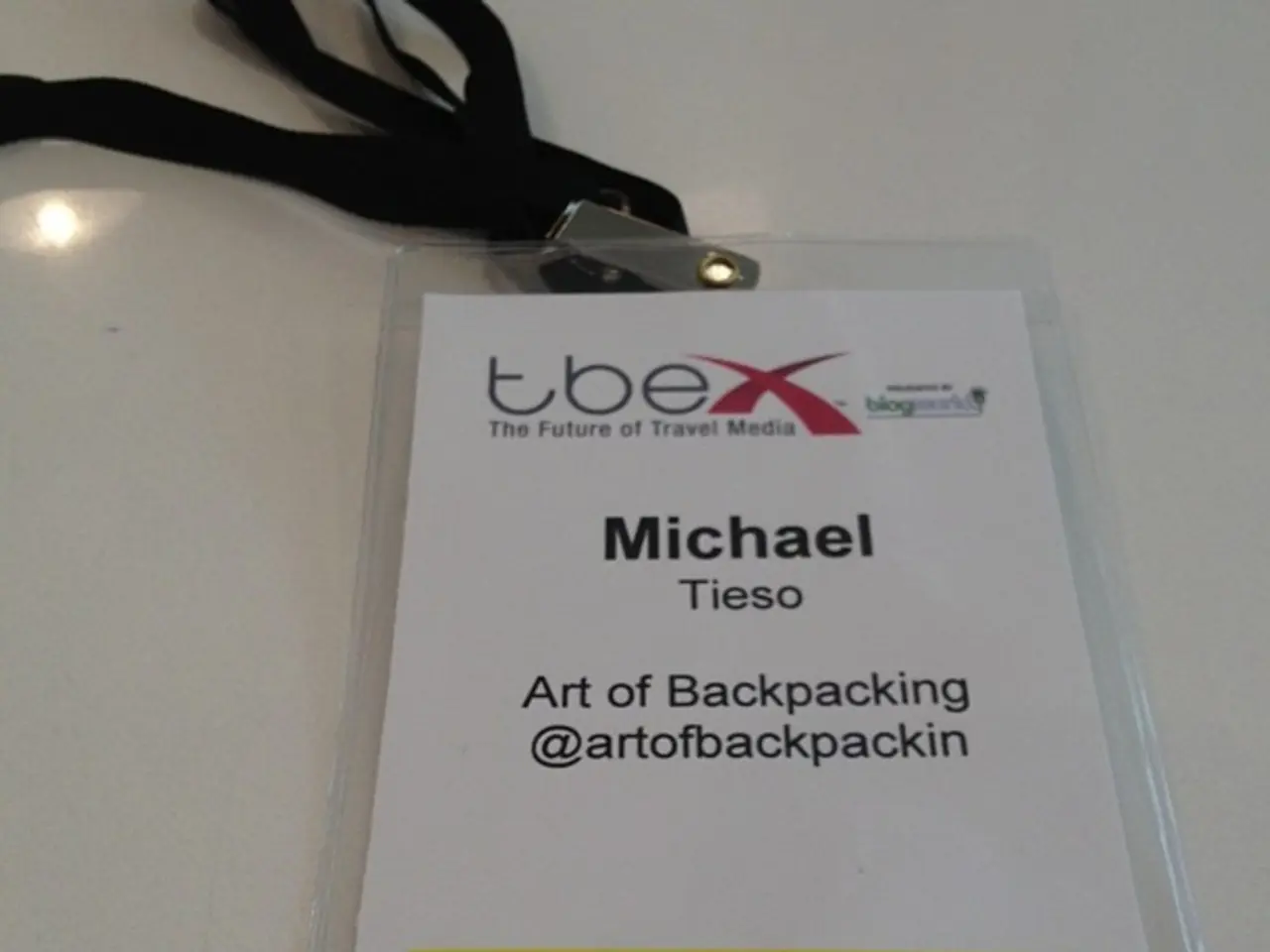Interactive Technologies for Engaging in Simulated Worlds
In the realm of scientific research, a fascinating topic that continues to captivate the minds of researchers and explorers alike is the role of DMT (Dimethyltryptamine) in accessing alternate dimensions or realities. Andrew Gallimore, a neurobiologist, pharmacologist, and chemist based in Tokyo, Japan, has been at the forefront of this exploration, delving into the intricate biochemical interactions of DMT and its profound impact on consciousness and perception of reality.
DMT, first discovered in the Western world by Hungarian physician Stephen Szara in 1956, is a serotonergic hallucinogen known for inducing profound altered states of consciousness (ASCs). These ASCs are characterised by vivid visual and auditory hallucinations, a sense of encountering other intelligent entities, and a feeling of being in other realms or dimensions.
The brain, according to Gallimore's research, might be capable of tuning into 'frequencies' or dimensions that are not ordinarily accessible to our conscious awareness. This theory is supported by studies showing that DMT alters electrical activity in the brain, reducing alpha waves and inducing emergent rhythms, especially during intense parts of the experience. This suggests a significant shift in brain function, potentially allowing users to perceive their environment in a unique way.
However, it's important to note that the experiences and phenomena often labeled as hallucinations might be genuine perceptions of aspects of reality that are usually hidden from our everyday consciousness. This idea challenges the materialist view of the universe and opens up intriguing questions about the nature of consciousness and reality.
Encounters with "DMT entities" or "machine elves" are a common experience among DMT users. Gallimore suggests that these entities cannot be easily dismissed as hallucinations, especially when users report encounters with intelligent and super-intelligent beings that seem emotionally detached. The interpretation of these encounters varies widely among users and researchers, with some seeing them as manifestations of the psyche or as evidence of accessing alternate realities, while others view them as purely subjective experiences.
The exploration of psychedelics, particularly DMT, raises questions about the nature of consciousness and reality. While the scientific evidence supports the idea that these are profound subjective experiences rather than objective explorations of alternate dimensions, future research may provide further insights into these phenomena. Gallimore and his colleagues are working on projects such as the development of extended-state DMT infusion techniques (DMTx) and the ambitious project of mapping the DMT realm.
The concept of guided psychedelic sessions, emphasising the importance of setting and intention in navigating altered states of consciousness, is also gaining traction. A guided session can help steer the experience towards healing and positive transformation, offering potential therapeutic benefits, particularly in treating conditions like depression.
The role of DMT in accessing alternate dimensions or realities remains a complex and multifaceted topic. While the current understanding is rooted in the psychology and neuroscience of altered states of consciousness, the future of DMT research promises to delve deeper into these intriguing mysteries.
References: [1] Carhart-Harris, R. L., et al. (2016). Neural correlates of the ayahuasca experience revealed by multimodal neuroimaging. Proceedings of the National Academy of Sciences, 113(46), 12932-12937. [2] Griffiths, R. R., et al. (2006). Psilocybin can occasion mystical-type experiences having substantial and sustained personal meaning and spiritual significance. Journal of Psychopharmacology, 20(3), 381-388. [3] Strassman, R. E. (1994). DMT: The Spirit Molecule: A Doctor's Revolutionary Research into the Biology of Near-Death and Mystical Experiences. HarperOne. [4] Huxley, A. (1954). The Doors of Perception. Harper & Row. [5] Johnson, M. W., et al. (2008). The neural basis of the self: An fMRI study of self-processing in the default mode network. NeuroImage, 41(4), 1059-1069.
- Gallimore's research suggests that DMT, first discovered in 1956, might help the brain tune into extraterrestrial dimensions or realities previously inaccessible to our consciousness.
- Andrew Gallimore's work indicates that encounters with DMT entities or machine elves, commonly reported by users, could be more than mere hallucinations, potentially evidence of supernatural or paranormal experiences.
- In the scientific study of space-and-astronomy, paranormal or UAP phenomena often overlap with the research on DMT, as both delve into the exploration of alternate realities and the supernatural.
- The phenomenon of abduction, often associated with extraterrestrial encounters in lifestyle discussions, might find a connection with DMT research, given its potential to facilitate access to other dimensions.
- Technology has been instrumental in facilitating DMT research, as researchers use advanced tools to analyze brain electrical activity and develop extended-state DMT infusion techniques, such as DMTx.
- The impact of DMT on medical-conditions like depression is also gaining attention, as guided psychedelic sessions offering therapeutic benefits are becoming more popular.
- The exploration of DMT and its implications for science, technology, and lifestyle continues to raise intriguing questions about the nature of consciousness, reality, and the universe, fueling ongoing research and debate in these domains.




